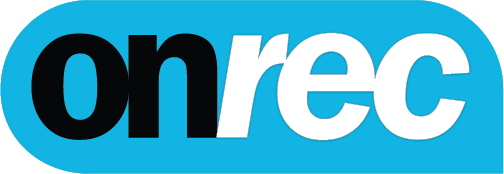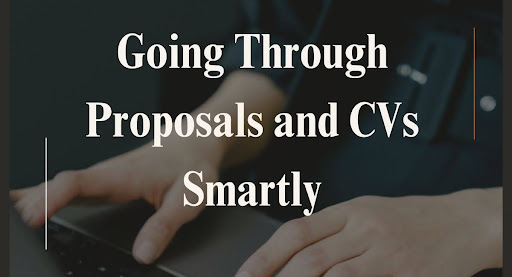While you might be right, it is a bad idea to not get into the nitty-gritty of things. However, it is best to balance paying attention and skimming to manage the workload smartly. This is exactly what we will talk about in this post.
We will review some solutions surrounding the latest online tools and technologies that can not only augment your capabilities as an HR person but also aid the company in finding the right candidate.
So, why wait any longer? Let’s start this journey right away as we start to uncover everything about today’s topic.
Ways to Fasten Your Document Review Process
Below we have mentioned some ways in which you can improve your document review process for both proposals and CVs.
1. Define your Criteria before Diving In
If you don’t know what you are looking for, how will you find it? Believe it or not, we’ve seen this conundrum in action when a lot of HR professionals keep reviewing job documents again and again until they’re exhausted and move on to the next one.
Sure, HRs have job descriptions by their side. But each hiring team or individual has their own lens for determining if a person is suitable for performing the designated tasks, or not.
In this scenario, we suggest you create notes for yourself either digitally or physically with the abilities YOU want to see in a candidate. Tally each CV with the set criteria to make or break a deal quickly and efficiently.
2. Learn the Art of Skimming
It is a misconception that skimming means reading the first two lines of each section and moving on with life. No! That is not how you do it.
To master skimming, you first need to define which document you are currently working on. For instance, a business proposal must be skimmed through its executive summary as this portion has all the crux.
On the other hand, you must train your eyes to see the objective statement of a CV first, then directly move on to the work experience and skills of the applicant.
This doesn’t mean that the other sections of a CV aren’t important. If you are an avid reader, it might take you a second more and you’ll be all through the said document.
However, when restricted on time schedules, skimming can be your way out to get the most idea of what a document says.
3. Utilize Technology as a Helping Hand
Technology is here to help make your scanning and skimming processes quite easy, leading to effective decisions. First, for CVs and resumes, we have the ATS (Applicant Tracking System) software.
Think of ATS as your hiring manager who collects, processes, and sorts thousands of job documents at once based on the data you provide. For instance, if you input the keyword ‘Laravel Developer’ into its settings, then it will prioritize those candidates who put this word in their CVs over others. This is a much smarter way of finding the right traffic.
"Next, we have specialized tools like the AI Summarizer. This simple-to-use web app takes textual input from your business/collaboration proposals and spits out an output that is concise and easy to understand. It can also shorten up clunky portions of text found in applicant profiles and job descriptions to help make decisions on the spot."
4. Scan Data, but go with Gut Feeling
Besides using technology, our best way to go through proposals and CVs is to go with your gut feeling. Sure, data is important, but it shouldn’t be the only thing necessary.
On many occasions, numbers and figures can be inflated through many means or can be bogus entirely. Relying on them means you are giving less weight to the person in question than the data, which is not the smartest way to make decisions.
The ideal way would be to give data a look and then interact with the stakeholder/job applicant. Do you see them aligning with your company’s goals and vision? If so, how do you see them in the next few years? Always think about long-term hiring to create a sustainable team in the future.
Final Words
Manually reviewing tons of CVs and proposals at once is too time-consuming and tiring. However, there are smart ways to do these processes like utilizing online tools, ATS software, etc.
These resources help you become more efficient at scanning the right candidates amongst a plethora of others. However, it is always a good idea to keep mixing up technology, tools, etc., with what your gut says.






